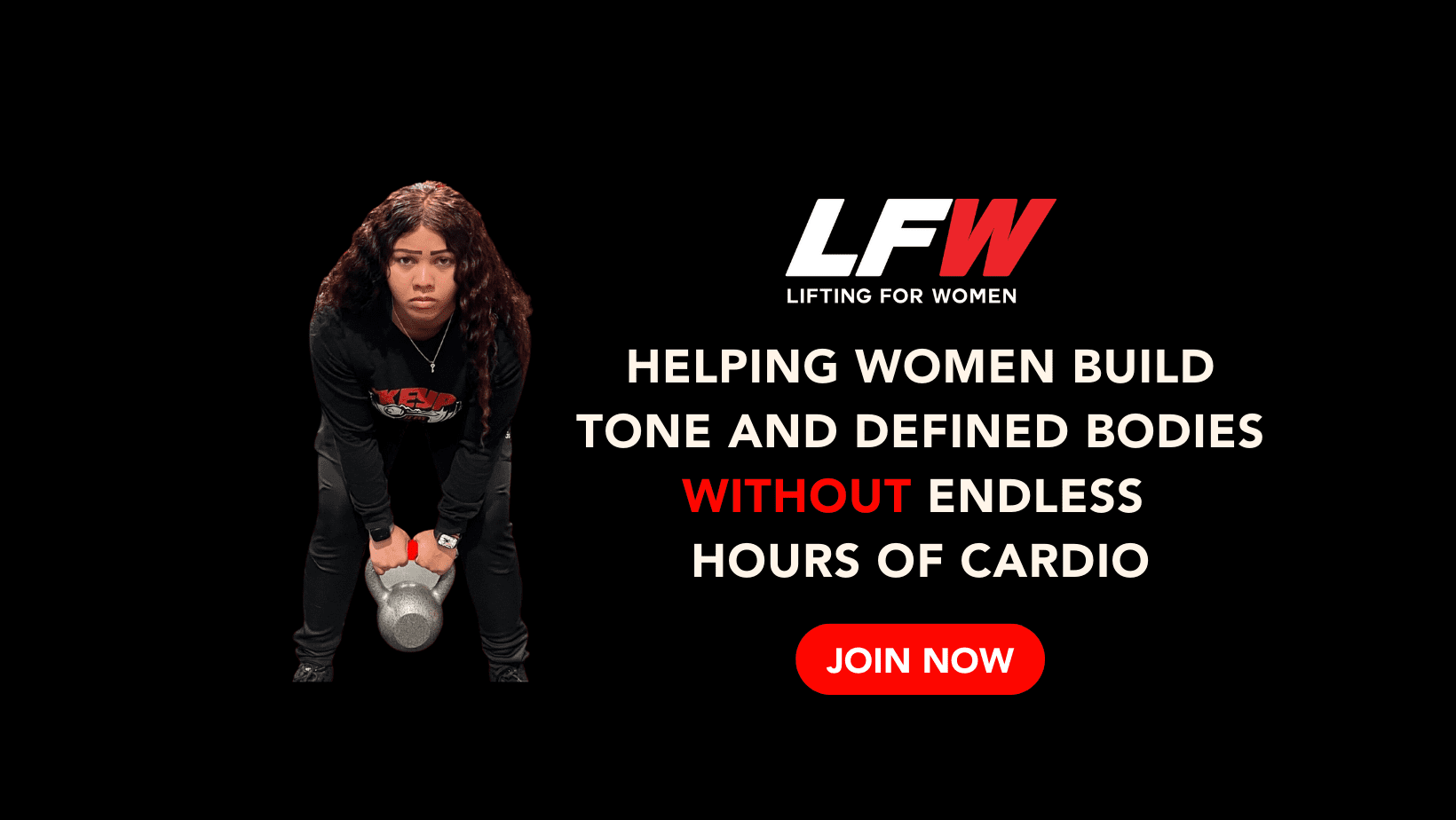
Are You Training Hard Enough? (INTENSITY Explained)

If you’ve ever felt like you’re putting in the work, lifting 4x a week, following your training split, watching your macros, but still not seeing the muscle growth you know you’re capable of, you’re not alone.
A lot of lifters think the issue is their exercises, their split, or their macros.
But the real problem?
You’re not training hard enough to force your muscles to grow.
And until you fix this, nothing else you tweak will move the needle.
Prefer to watch instead?
If you're more of a visual/audio learner or want to take your training to the next level on the go, you can watch the full video right here:
In this blog, you’ll learn:
-
Why your training split and macros aren't the problem
-
What training intensity actually means for muscle growth
-
The truth about light weights vs heavy weights
-
How to use Reps In Reserve (RIR) to finally gauge your effort
-
2 simple tests you can do to check your training intensity
The Truth About Intensity (And Why You're Not Building Like You Should)
You've likely heard:
"Heavy weights and low reps build muscle."
or
"Light weights and high reps build muscle."
The reality? Both can work — but only if you're training with enough intensity.
What Is Intensity?
Intensity isn’t about how much weight is on the bar. It’s about how close you're pushing each set to failure.
Failure = The point where your muscles literally cannot complete another rep with good form.
Whether you're lifting heavy for 5 reps or lighter for 15-20 reps, your muscles respond to how close you push to failure — not the weight itself.
Reps In Reserve (RIR)
Reps In Reserve is one of the most effective ways to measure your true intensity:
-
After finishing a set, ask yourself:
“If I had to keep going, how many good reps could I still do?” -
That number = your RIR.
For example:
-
You do 12 Bulgarian split squats.
-
You feel like you could’ve done 5 more.
-
Your RIR is 5 (too high for muscle growth).
For muscle growth, you want to consistently train within 1–3 RIR.
Why Performance Fluctuates (And Why RIR Works So Well)
Your strength will vary based on:
-
Sleep: A good night? You may hit 12 reps easily. Poor sleep? That same weight might feel heavier by rep 10.
-
Diet: Low calories or poor nutrition affect your strength.
-
Stress: Emotional and mental stress hit your performance.
-
Recovery: Back-to-back lower body days may impact your output.
Because of these fluctuations, rigid percentages often don’t work.
RIR adjusts to how you feel — but still keeps you training at the right intensity.
Heavy vs Light — BOTH Work (If You Do This)
You can build muscle with:
-
5–8 heavy reps
-
15–20 lighter reps
But only if you're still training within 1–3 RIR.
If you finish a 20-rep set and feel like you could’ve done 10 more? You wasted that set.
It wasn’t intense enough to signal growth.
Why Most Lifters Leave Reps in the Tank
Most people:
-
Stop as soon as it feels uncomfortable
-
Confuse a small burn with actual failure
-
Underestimate how hard they can really push
You need to get comfortable being uncomfortable.
2 Tests You Can Do To Gauge Your Intensity
✅ Test #1 — The RIR Check
During your next workout:
-
At the end of every working set, ask yourself how many more reps you could’ve done.
-
If it's more than 3, you're not training hard enough.
-
Adjust weight or reps so you consistently finish within 1–3 reps of failure.
✅ Test #2 — The Machine Failure Test
-
Choose a machine-based exercise (leg press, hack squat, leg curl, etc.).
-
On your first working set, take it all the way to true failure (0 RIR).
-
If you’re able to hit significantly more reps than you normally do, you’ve been underestimating your ability.
-
Adjust your training weights accordingly.
The Bottom Line:
-
Both heavy and light weights build muscle — IF you're training with proper intensity.
-
Use Reps In Reserve to gauge effort.
-
Consistently aim for 1–3 RIR on your working sets.
-
Test yourself regularly to recalibrate.
If you're ready to apply this fully — inside my Blueprint to Look Like You Lift, I break down exactly how to:
-
Apply progressive overload
-
Dial in your intensity
-
Build visible muscle — without wrecking your joints or living in the gym
Want More Tips Like This?
Subscribe to the Lift Without Limits newsletter here
AND subscribe to my Youtube channel here - for weekly training tips to build a strong and resilient body without trashing your joints or wasting your time.
Let’s connect:
Instagram: @keyonniadams_dpt
Facebook: Keyonni Adams, DPT
